A recent, informative article from the MDA outlined the process for drug discovery and bringing a drug to market. What’s striking is the length of this process, particularly within the context of the search for a cure for Charcot-Marie-Tooth.
Once a drug appears to work effectively in mice, it must undergo further testing before it can be used on humans in clinical trials. Over an approximate two year period, researchers work to determine if that drug has the best chance of having the desired effect on the disease with the lowest possible harm to the patient. Then toxicology studies must be done to show the U.S. Food and Drug Administration (FDA) that the drug is safe and likely to be effective. Further they must determine how to administer the drug and at what dosage. This preclinical research takes five to seven years and costs millions of dollars.
Once the preclinical research is satisfied, researchers can petition the FDA for approval to start clinical trials. This is when the drug is used on humans. Clinical trials can take another five to seven years to complete. Only when the clinical trials have finished with positive results can researchers request approval (from the FDA) to market a drug. Simply put, “on average it takes a drug about 12 years to get from discovery to market and it costs about $1.8 billion per drug that works,” according to the article.
It is because research is such a lengthy process that HNF’s TRIAD (Therapeutic Research in Accelerated Discovery) is so important. Our three-prong approach includes
1) Clinical Therapeutics: research that will lead to improved therapies and a better quality of life for people with CMT right now, including studies on bracing, exercise, surgery, and mental health strategies;
2) Basic Science: research that will lead to a greater understanding of CMT, including translational research not yet applied to CMT; and
3) Drug Discovery: research that has considerable potential to produce a cure for CMT.
We believe that this multi-tiered approach will best support people with CMT while we work to develop effective therapies, treatments and a cure for CMT.
What can we do right now while we are waiting? The single most important thing for everyone is of course to keep moving, both mind and body! Whatever level you’re at, keep exercising, stay tuned in, read all the latest news at HNF and the National CMT Resource Center.

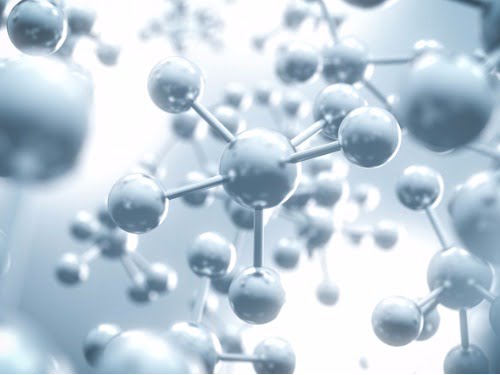



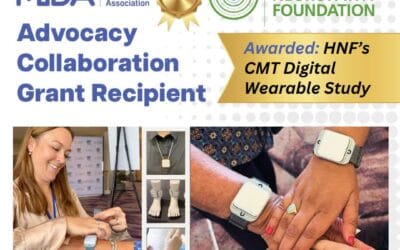
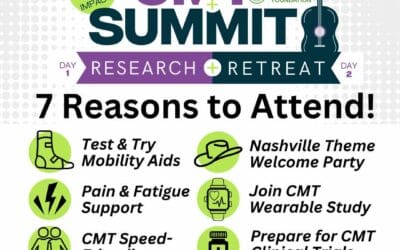
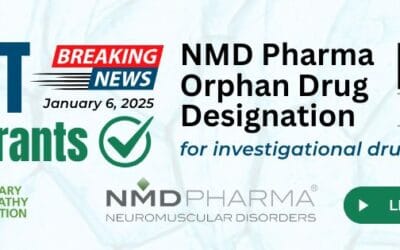

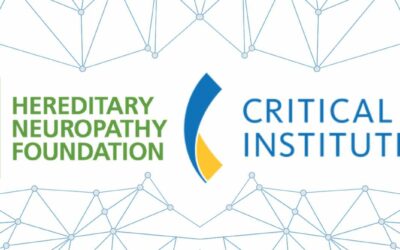
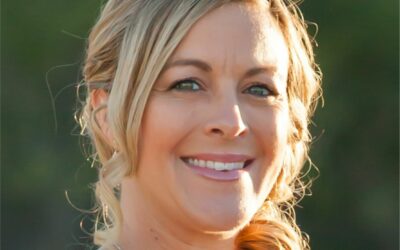
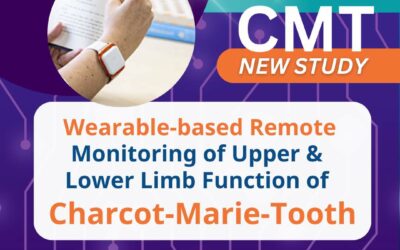
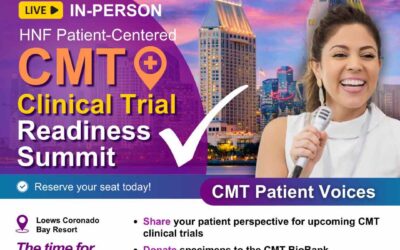
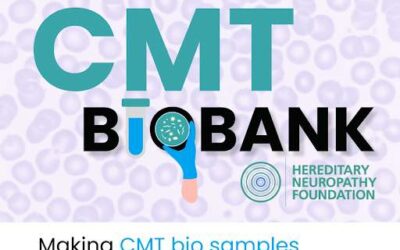
HELLO THERE , i live in australia and have been diagnosed with cmt and try as much as i can
too keep myself fit and active i hear they have a drug called pxt 3003 in america and europe and it has had a lot of success with cmt im trying too find out if i can get this happening here in australia
no one here can help me here that knows anything about this medicine does anyone know about theses trails that are going on over there. CHEERS MICK
Hi, My name is Clyde & I was diagnosed with CMT at John’s Hopkins in 2005. Is it possible that the COVID 19 vaccine will have an impact on identifying possible defects & cures in DNA ?
Hi my name is Rosa iam 68 years old and i just got diegnosed with CMT Please contact me on my email i want to know how many people got this and how are you coping with this problem
Hi Rosa, There are approximately 2.6 million people living in the world with CMT. For more information please comb through our website under patient resources as well as our many webinars across a wide variety of CMT-related topics.
we need research for CMT4C more than anything in our lives….our boys are 8 and 12 and quickly decling.